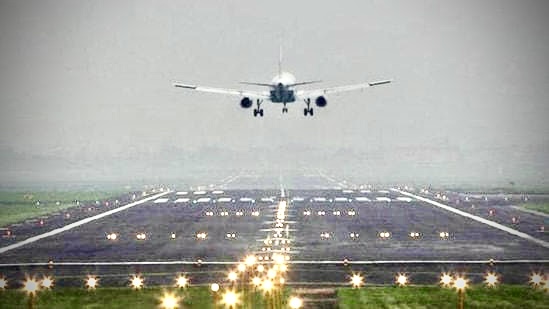In the recent whirlwind of events, high-ranking officials from Maldives unleashed critical remarks about India, causing a stir on social media. Consequently, this uproar prompted Indian holiday cancellations, with OTA EaseMyTrip even ceasing bookings to Maldives.
India emerged as Maldives’ largest tourist source in 2023, closely followed by Russia. Despite Maldives’ damage control efforts, losing its major tourist market could significantly impact the nation. While Lakshadweep isn’t yet a viable alternative due to its infrastructure falling short of Maldives’ standards, the new wave of affluent Indians is eager to make a statement elsewhere.
Why Maldives prevails? Indian tourists favor Maldives for its secluded resorts, visa-free access, and short flight duration. Despite Maldives targeting European tourists who tend to spend more, the sheer volume India provides can’t easily be replaced. While the Chinese market offers potential, the longer flight translates to higher travel costs, posing a challenge in replacing Indian tourism. To vie for European attention, Maldives must step up its offerings, competing not only with Seychelles but also with Mauritius, both in relative proximity.
Indian airlines in Maldives: Presently, Maldives boasts 325 international departures this week, with Emirates leading at 35, followed by IndiGo, flydubai, and Qatar Airways at 28 each. Notably, there are 63 weekly departures to Dubai from Male, shared between IndiGo and flydubai. Indian carriers contribute 48 weekly departures, amounting to 58 flights per week between India and Maldives, with Maldivian operating 10 departures a week.
Initially limited, Indian carriers like Air India and SpiceJet began flights to Maldives, but the scenario changed significantly post-2018. Go Air’s entry into Male was followed by a surge in flights by IndiGo, later joined by Vistara. Presently, Air India links Male to Mumbai and Delhi, while Vistara operates from Mumbai and Delhi. IndiGo, India’s largest carrier, connects to Male from Bengaluru, Mumbai, Delhi, Kochi, and Hyderabad. Maldivian operates routes from Male to Bengaluru, Trivandrum, and Kochi in India.
Lakshadweep’s aviation scene: Contrary to Maldives, Indian carriers have had a meager presence in Lakshadweep. Alliance Air once operated with a 19-seater B1900 on the Kochi route. Presently, flights operate daily using the ATR 72-600, with startup fly91 planning to add more flights under RCS-UDAN.
Possibly, these additions might expedite infrastructure development in Lakshadweep, making it a potential premium tourism destination in India.
Competing contenders: Maldives held an edge with visa-free travel, but Thailand and Malaysia’s recent announcements regarding similar concessions pose stiff competition. From a passenger’s perspective, the overall cost, including flights and hotel rentals, is crucial. Maldives has cheaper flights but higher hotel costs, whereas Thailand and Malaysia offer a balance, boasting remarkable beach destinations and shopping paradises, which Maldives lacks.
Moreover, India’s direct flights to Bali and Jakarta enhance Indonesia’s allure, alongside Mauritius. Indonesia and Mauritius rank high in terms of cost index, posing an advantage over Maldives. The rise of social media instantly amplifies repercussions, as seen in the Maldives-India scenario. Mishandling by Maldives, despite Prime Minister Modi’s non-reference to Maldives, resulted in grave economic repercussions. Should Maldives aim to attract more Europeans, it may come at a considerable cost.
In conclusion, the tussle between Maldives and Lakshadweep reveals India’s pivotal role as a tourist market for Maldives and its own potential for growth. While Maldives reels from its recent missteps, the dynamics of regional competition in tourism might tilt towards destinations like Thailand, Malaysia, Indonesia, and Mauritius, impacting not only Maldives but also India’s own tourism landscape.

